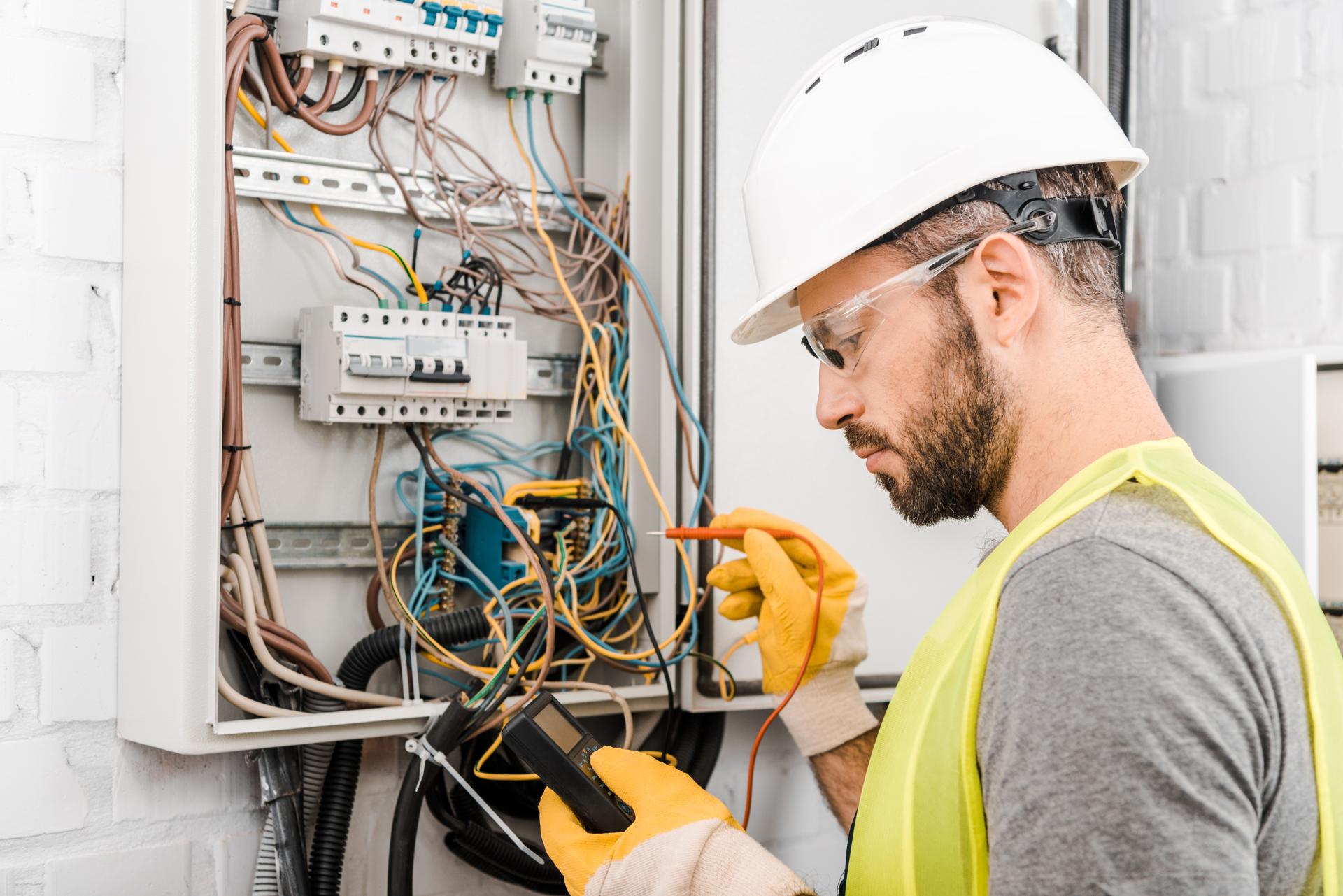A Basic Explanation of the Concepts Behind Electrical Wiring in Your Home

Electricity is an integral part of our lives, supplying everything from the lights of our homes to the gadgets that we use each day. However, electricity systems are complex making it difficult to understand how they function can be challenging. In this guide we’ll breakdown the elements that make up an electric system and explain how circuits work to power appliances and devices. Our residential electricians can handle any electrical jobs you need.
The components of an electrical system
An electrical system is comprised of several essential components that work to deliver power throughout homes. This includes:
Breaker box is the central distribution point for electric power in a home, where the electricity is divided into different circuits
Switches and outlets: the places where electricity is delivered to devices and appliances
Wiring: the electrical wires that transmit power from the breaker box, to the outlets and switches
Electronic appliances and gadgets: appliances and gadgets that rely on electricity for their functions.
Electrical Circuits
A circuit of electricity is one that allows electricity to flow from the point of origin (the the breaker box) to appliances and devices within the home. There are two types of electrical circuits that can be found in the home: 120-volt circuits and 240-volt circuits. 120-volt circuits are utilized for most household devices and appliances, while 240-volt circuits are used for larger appliances like dryers, air conditioners and electric ones.
Electrical circuits work by completing the loop which allows electricity to be transferred from the source to the appliance or device. The loop consists of a hot wire that transports the power, a neutral wire that completes the circuit as well as a ground wire , which is a path for the electricity to get to the ground in the event there is a problem.
Understanding the electrical Wiring
Electrical wiring is available in many kinds, such as non-metallic sheathed wire (NM) and armored cable (AC) and conduit. Each type has its advantages and disadvantages, and the choice of wiring type depends on the particular requirements of the installation.
Electricity travels through wiring through the creation of electrons in the wire. The electrons travel between the origin and the appliance or device, and back to the source through the neutral wire. It is essential to ensure the wiring is put in place and maintained in a correct manner, as improper wiring can cause electrical dangers like shocks and fires.
Common Electrical Issues
The most frequent electrical problems found that homeowners face include tripping the breakers, flickering lights, and dead outlets. These issues can be caused by a myriad of causes, including overloading circuits, broken connections, and defective wiring.
If you are experiencing any of these issues it is essential to determine the source and take actions to rectify the issue. In some instances this could mean contacting an accredited electrician to look over and fix the wiring.
Final Conclusion, as well as a Call to Action
In conclusion, understanding how electrical wiring works is crucial for ensuring the safety and reliability of your home’s electrical system. By adhering to the guidelines laid out in this article and you will be able to remain secure and stay clear of potential dangers.
In case you’ve got any concerns or questions regarding your home’s electrical system Don’t hesitate to reach out to Local Electrician Marrickville. Our licensed electricians has the experience and knowledge to address all of your electrical requirements. Contact us at 1300 610 481 to schedule a appointment.
FAQ
What are the symptoms of faulty electrical wiring?
Signs of faulty electrical wiring may include tripping breakers flickering lights, and dead outlets, among others.
When should I schedule my electrical system at home inspected?
It’s suggested that you have your home’s electrical system checked by an accredited electrician every 10 years.
What is the expected lifespan for electrical wires?
The life span of electrical wiring is based on many factors, such as what kind of wire, the setting it’s placed in, and the quality of the installation. In general, electrical wiring can last at least thirty years, or even more if it’s installed with proper installation and maintenance.
Do I have the ability to fix electrical issues myself , or do I need to hire an electrician?
Although some electrical issues can be fixed by homeowners, it’s advised that you employ a licensed electrician for the majority of electrical repairs. Attempting to fix electrical problems with no proper training or expertise is risky and may cause injury or damage to your home.
What should I do if experience an electrical emergency in my home?
In the event of an electrical problem the first step is to turn off power to the affected area by shutting off the fuse or breaker. Contact an accredited electrician to inspect and repair the issue as soon as you can.
By following these rules By following these rules, you can ensure safety and reliability of your electrical system in your home and reduce potential hazards. Keep in mind that when it comes to electrical repairs as well as installations, it’s always best to trust the experts. Reach out to Local Electrician Marrickville at 1300 610 481 for all your electrical concerns.
